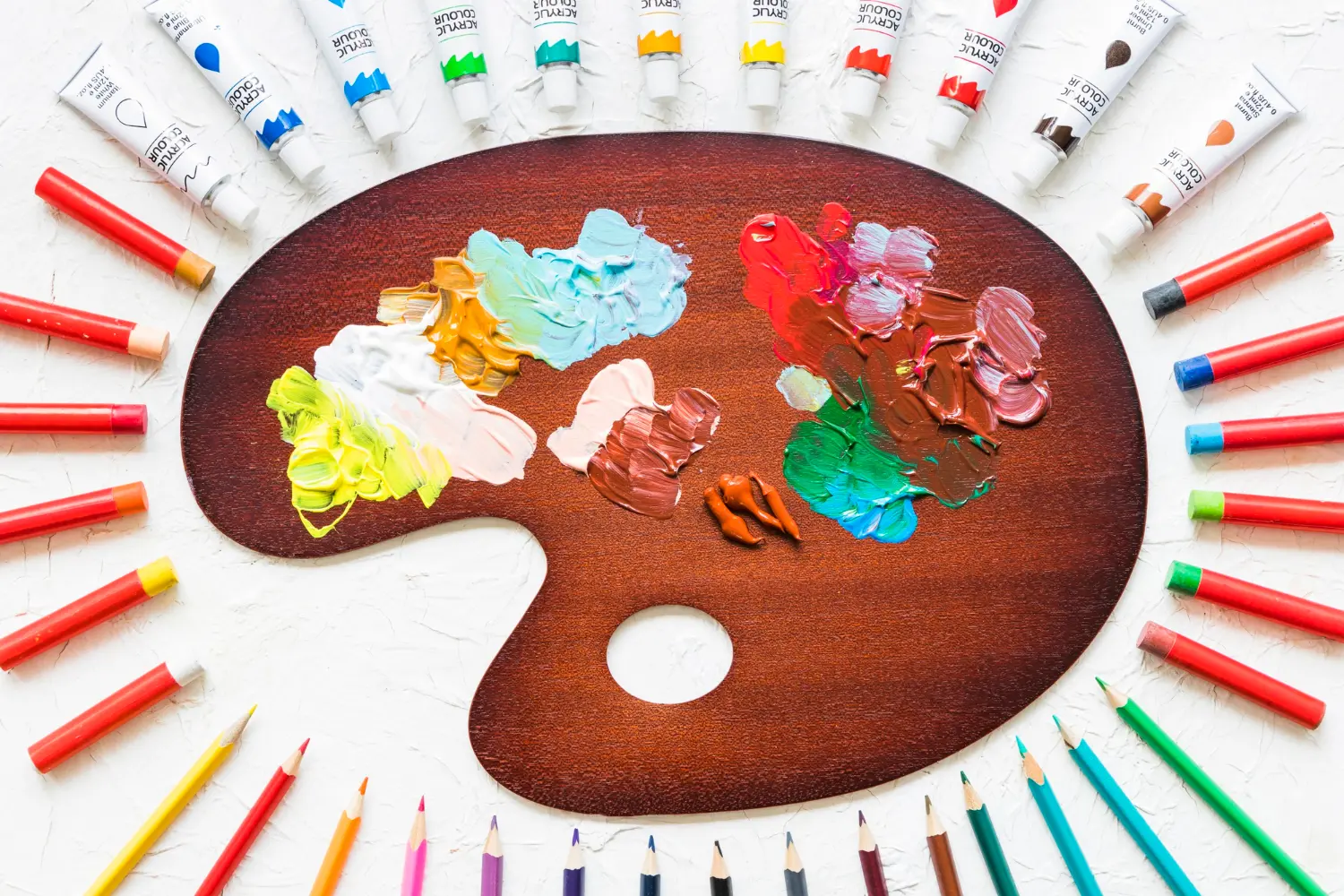The Psychology of Color in Branding & Advertising: Influencing Consumer Perceptions and Decisions
Color possesses an extraordinary power in the world of branding and advertising. It not only enhances visual appeal but also influences emotions, perceptions, and even customer purchase decisions.
According to a study from the Institute for Color Research, 90% of buying decisions are influenced by color within the first five seconds of someone seeing a product or brand (source). Therefore, understanding the psychology of color in branding is key to creating a strong and attractive identity for your audience.
Why is Color Psychology Important in Branding & Advertising?
Color can shape brand identity, create emotional associations, and build customer loyalty. Here are some of the main reasons why color selection is crucial:
- Enhances Brand Recognition – Consistent color usage can increase brand recognition by up to 80%.
- Influences Consumer Emotions & Behaviors – Specific colors can evoke feelings of calmness, confidence, or excitement.
- Differentiates from Competitors – Unique color choices make a brand more easily recognizable and memorable.
Each color carries a psychological meaning that can be tailored to your branding strategy. Here are some examples:
- Red: Energy, Urgency, and Excitement
Suitable for brands wanting to project boldness and strength. Used by: Coca-Cola, YouTube, Netflix.
👉 Ideal for: Restaurants, entertainment, discount promotions (as it creates a sense of urgency). - Blue: Trust, Professionalism, and Stability
Blue is frequently used by tech and financial companies. Used by: Facebook, Samsung, PayPal. 👉 Ideal for: Technology, finance, and professional services. - Yellow: Optimism, Creativity, and Happiness
Yellow grabs attention and evokes happy feelings. Used by: McDonald’s, IKEA, Snapchat.
👉 Ideal for: Food, creative industries, and children’s products. - Green: Health, Sustainability, and Growth
Green is associated with nature and balance. Used by: Starbucks, Spotify, Tropicana.
👉 Ideal for: Eco-friendly, health, and financial brands. - Purple: Luxury, Creativity, and Uniqueness
Most often used in premium branding and exclusive products. Used by: Cadbury, Hallmark, Yahoo!
👉 Ideal for: Beauty, fashion, and exclusive products. - Black: Elegance, Luxury, and Power
A color often linked to exclusivity and authority. Used by: Nike, Chanel, Apple.
👉 Ideal for: Fashion, automotive, and premium products.
When selecting the right colors for your brand, several factors need consideration. First, know your audience and understand their color preferences. Second, define your brand personality and align it with colors that reflect your business values and message. Third, employ color combination theory to ensure your palette remains harmonious and doesn’t confuse your audience. Lastly, conduct A/B testing to observe how different colors influence customer responses to your brand.
Several major brands have demonstrated the success of color psychology in branding. Coca-Cola effectively creates feelings of enthusiasm and joy with its red color. Facebook builds trust through its use of blue, while Starbucks utilizes green to reinforce its image of sustainability and tranquility. Choosing the right colors has been proven to enhance brand appeal and strengthen emotional connections with customers.
The psychology of color in branding and advertising is a critical element influencing how customers respond to a brand. By selecting the right colors, you can create a strong brand identity, build emotional connections with your audience, and boost sales.
